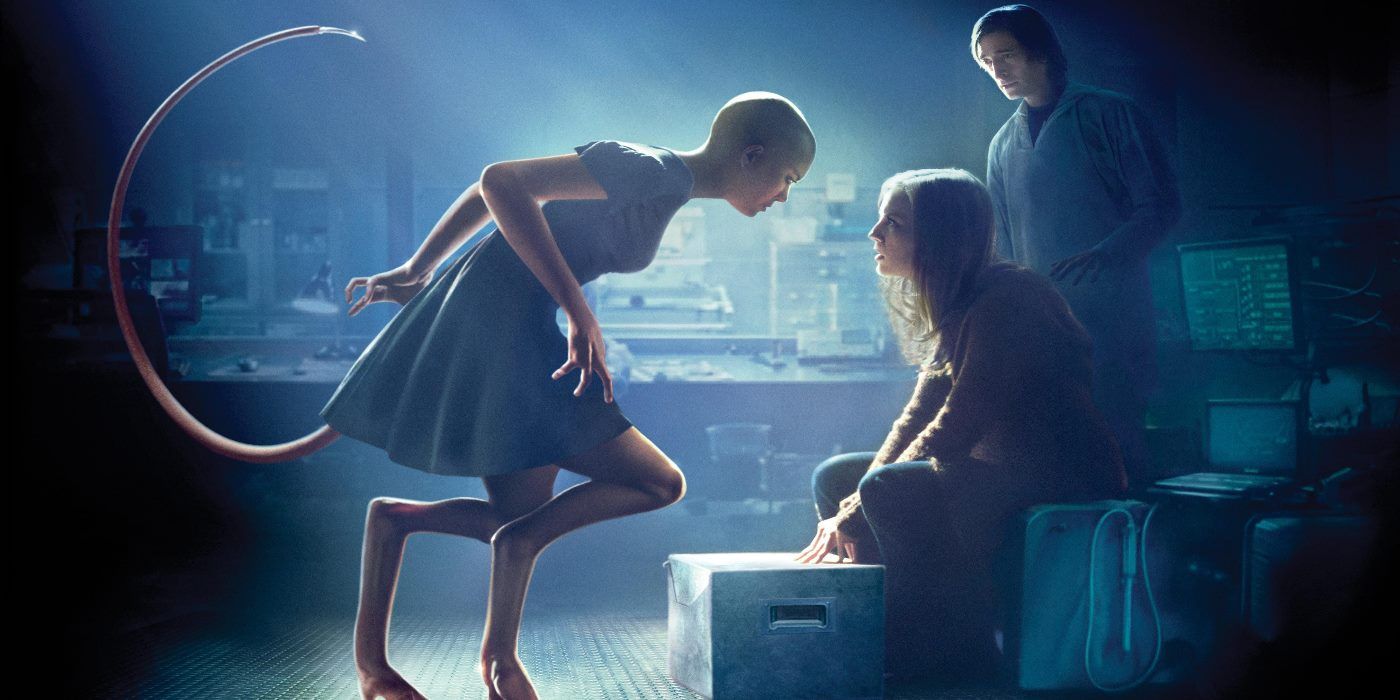Vincenzo Natali’s Splice was ahead of its time in terms of content and pushed boundaries for horror audiences – for all its technical merits and achievements, the film remains underrated and overlooked by many.
Natali, an American-Canadian filmmaker who essentially made a better version of Saw with his directorial debut, Cube, brought the pitfalls of technology and scientific discovery to screens again with Splice. 2009’s audience was different than what he experienced with Cube – another underrated gem – and with a talented cast at the forefront, including Adrien Brody and Sarah Polley, it seemed like a sure victory. Splice‘s elements of science fiction blended with the perils of discovery in a way that echoed David Cronenberg‘s take on The Fly, where Seth Brundle succumbed to his own experiments. Beyond that, the creature effects for Dren – the revolutionary human-animal creature – were spectacular, and acted out flawlessly by actress Delphine Chanéac.
Click the button below to start this article in quick view.
Though Spice didn’t get panned by critics, and holds a 76% rating on Rotten Tomatoes, it is commonly overlooked when discussing sci-fi/horror crossover films, body horror, and films related to scientific discovery gone horribly wrong. Some criticized that Natali failed to deliver anything unique, but there are elements of the best of both genres embedded in Splice, making it deserving of a second chance over a decade later.
Splice Is Seriously Underrated – Here’s Why
Splice follows two scientists – Clive and Elsa – who are on the verge of discovery. When they create Dren, at first, they’re elated. The mixture of human genetics with animal DNA causes high intelligence, sensitivity, and seems to show promise in a way that could change science forever. The experiment is cutting edge and, furthermore, forbidden, so Dren’s development has to be largely conducted and recorded in secret. Clive (Adrien Brody) and Elsa (Sarah Polley) become attached to Dren, who was created using Elsa’s own DNA; Elsa sees her more as a child whereas Clive starts to develop a sexual relationship with the creature when she ages – rapidly – into a humanoid, adult female.
From there, it plays out similarly to a coming-of-age tale with disastrous results. Since Dren is of relatively unknown origin and starts to develop different characteristics of many different animals, she becomes a major liability, quickly. Dren is amphibious, develops wings and a carnivorous appetite, and later even is discovered to be able to change her biological sex from female to male. This discovery comes to a head in a particularly disturbing sequence where Dren assaults Elsa. Natali is fearless in showing the ugly side of discovery and the cost of human pride and greed when making these changes to the natural order of biology. His sci-fi horror mash-up is done with a ethical lean that overlaps with the standard aspects of a cautionary tale. Spice isn’t afraid to ask the question about whether scientists should do something just because they can.
According to Natali, Splice was meant to capitalize on the notion that technology is starting to catch up to what creators are developing in fictional worlds – what comes next? The answer, in his mind, is to look inward at the next step of human evolution and evolutionary biology. And, if Splice is any indication, the results could be truly terrifying.

